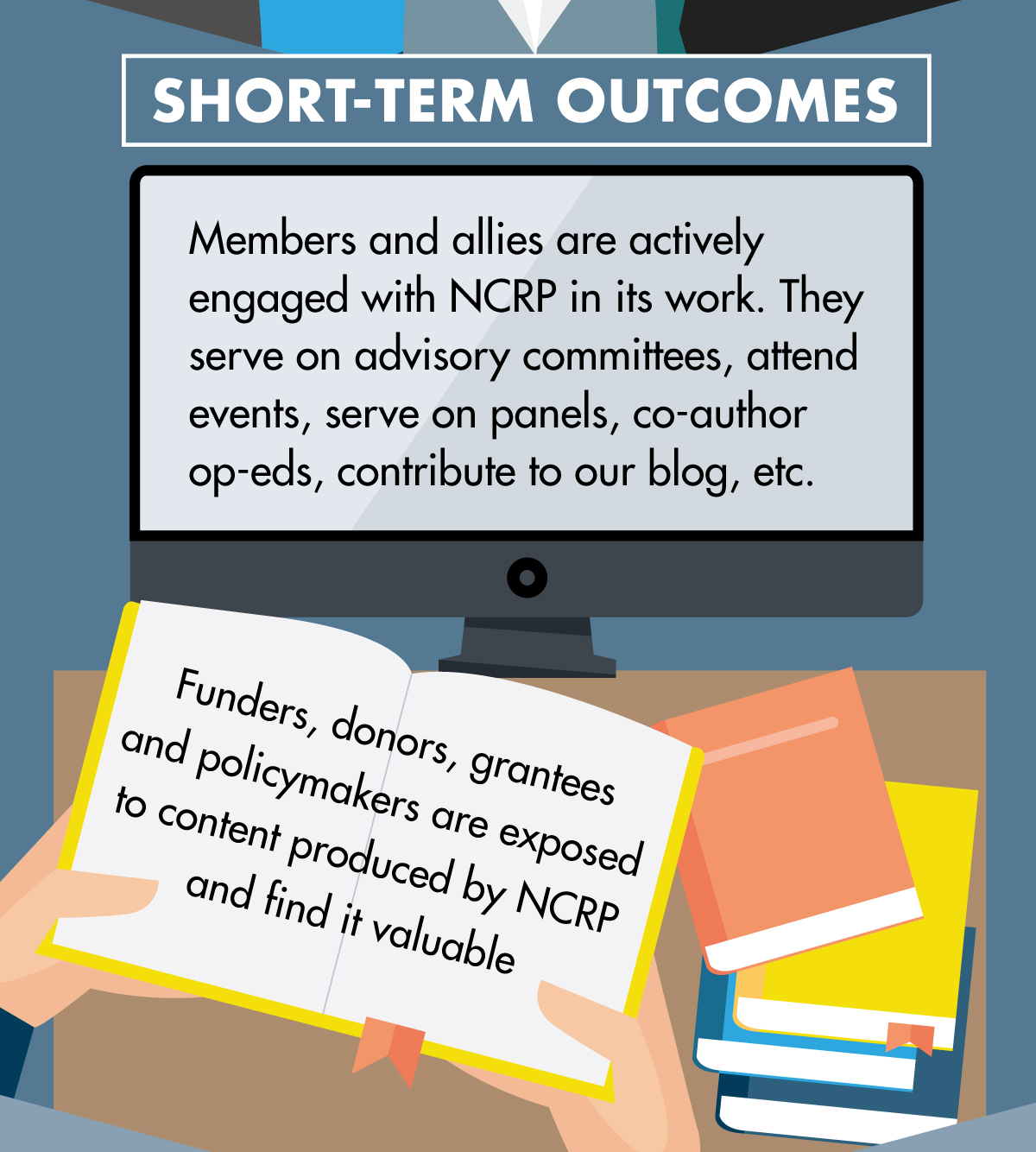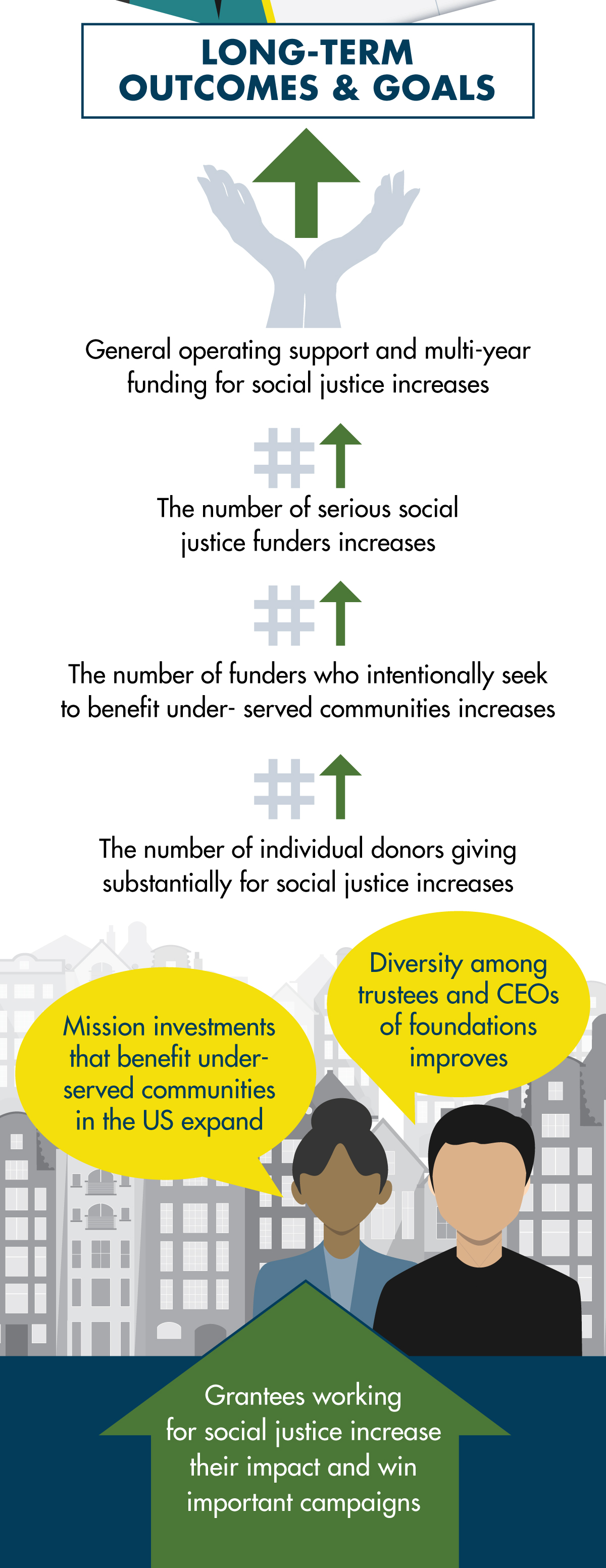














In 2016, NCRP released a new strategic framework to guide our work during the next 10 years.














For more than 40 years, the National Committee for Responsive Philanthropy has pushed foundations to do more for those who are marginalized, underserved and disenfranchised.
Learn More